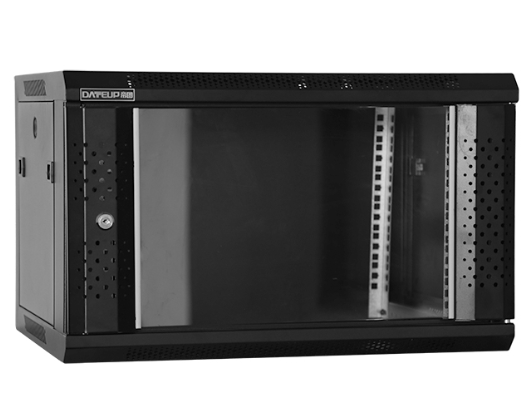News
Site Editor
 Site
https://leonetworkgroup.usa18.wondercdn.com/uploads/image/5fe152faa587d.png
In networking, SFP (Small Form-factor Pluggable) modules are compact, hot-swappable transceivers that allow for easy interfacing between network devices. SFP modules connect network switches, routers, and other network equipment to fiber optic or copper cabling.SFP modules come in various types, such as Gigabit Ethernet, Fibre Channel, and 10 Gigabit Ethernet. They support various optical fiber wa
Site
https://leonetworkgroup.usa18.wondercdn.com/uploads/image/5fe152faa587d.png
In networking, SFP (Small Form-factor Pluggable) modules are compact, hot-swappable transceivers that allow for easy interfacing between network devices. SFP modules connect network switches, routers, and other network equipment to fiber optic or copper cabling.SFP modules come in various types, such as Gigabit Ethernet, Fibre Channel, and 10 Gigabit Ethernet. They support various optical fiber wa
What Is Sfp Module In Networking
Views: 467
Author: Site Editor
Publish Time: 2023-07-13
Origin: Site
In networking, SFP (Small Form-factor Pluggable) modules are compact, hot-swappable transceivers that allow for easy interfacing between network devices. SFP modules connect network switches, routers, and other network equipment to fiber optic or copper cabling.
SFP modules come in various types, such as Gigabit Ethernet, Fibre Channel, and 10 Gigabit Ethernet. They support various optical fiber wavelengths and distances, making them suitable for a wide range of networking applications.
The main advantage of SFP modules is their flexibility. They can be easily replaced or upgraded without having to replace the entire network device, saving time and money for network administrators. Moreover, SFP modules can be installed and removed while the networking equipment is still in operation, minimizing downtime.
SFP modules also provide better airflow and more efficient cooling compared to traditional, larger optics modules. Their small size means that they consume less power and take up less physical space in the networking equipment.
However, there are some limitations to SFP modules. For example, they are not designed to be used with long-haul fiber optic networks. They also require careful handling and storage since they are susceptible to damage from static electricity and physical impact.
In summary, SFP modules play a critical role in modern networking by providing flexibility, scalability, and easy compatibility between network devices. As networking technology evolves, SFP modules will continue to play an important role in networking architecture, providing faster and more efficient network connectivity.
If you want to know more about industrial network cabinet,china fiber optic splice closure,china fiber optic distribution box,please consult the fiber optic splice closure factory









